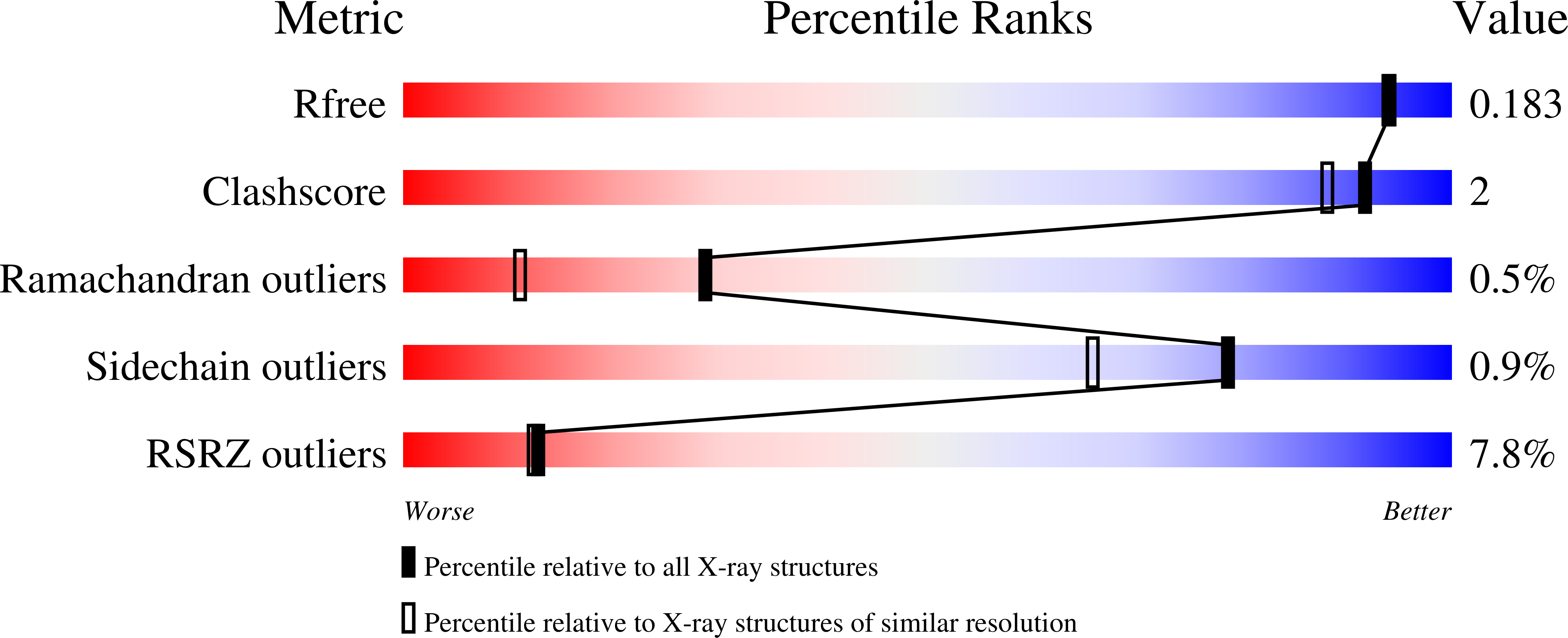
Deposition Date
2004-07-30
Release Date
2005-08-02
Last Version Date
2023-08-23
Entry Detail
PDB ID:
1U6R
Keywords:
Title:
Transition state analog complex of muscle creatine kinase (R134K) mutant
Biological Source:
Source Organism:
Oryctolagus cuniculus (Taxon ID: 9986)
Host Organism:
Method Details:
Experimental Method:
Resolution:
1.65 Å
R-Value Free:
0.20
R-Value Work:
0.16
R-Value Observed:
0.16
Space Group:
P 21 21 21


